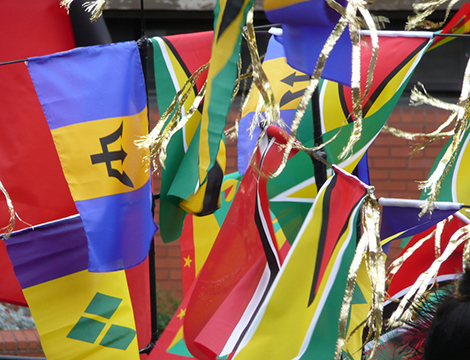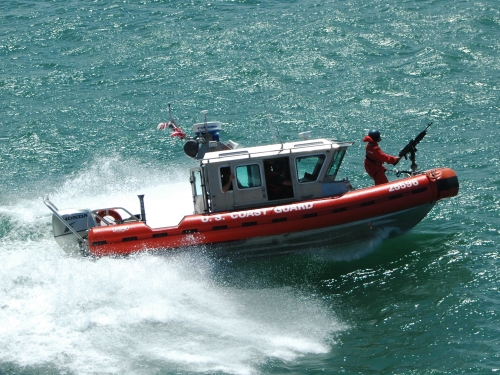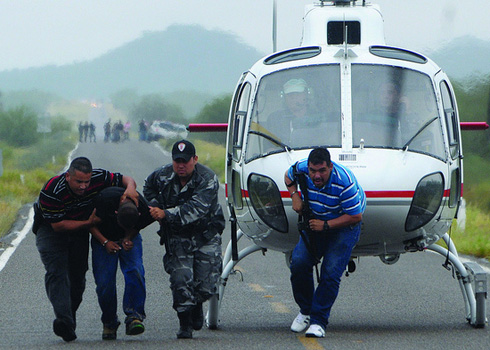
This article was originally published by the Institute for Defence Studies and Alalyses (IDSA) on 3 August 2016.
In June 2013, during the visit of Chinese President Xi Jinping to Trinidad and Tobago, the then Prime Minister of the Caribbean nation, Kamla Persad-Bissessar, in a fawning speech, had lauded President Xi’s vision saying, “We see in your China Dream a splendid opportunity for China to become a model for the world.”(1) Like a royalty holding court, President Xi thereafter hosted the leaders of Antigua and Barbuda, Barbados, the Bahamas, Dominica, Grenada, Guyana, Suriname and Jamaica in Port of Spain, capital of Trinidad and Tobago, where he announced soft loans and investments worth US$ 3 billion as well as grants of up to $8 million for the region.(2) President Xi’s visit was an effective and a graphic demonstration of China’s growing influence and outreach in the English-speaking Caribbean region, coming at a time when the United States (US) had been somewhat less forthcoming with financial grants for the region.
President Xi’s visit to Trinidad was followed by a reciprocal visit by Prime Minister Persad-Bissessar to Beijing in February 2014, when, in a major breakthrough for Chinese arms sales to the region, the controversial purchase of a long-range maritime patrol vessel was agreed upon.(3) This was again a demonstration of the growing Chinese influence over the governments of the region, which so far had been firmly under the largely benevolent gaze and geopolitical sway of the US. The decision to buy Chinese patrol vessel also marked the first sale of a non-Western military hardware to the Caribbean nation since the end of the Cold War.(4) In fact, acceptance of Chinese aid and investment has since become a norm in the English-speaking Caribbean, where the US has been conspicuous by its absence in respect of doling out large bilateral loans and grants. In quite a contrast, while the private American investment declined post the 2008 financial crisis, the Chinese investment in the region grew by more than 500 per cent between 2003 and 2012.(5)


